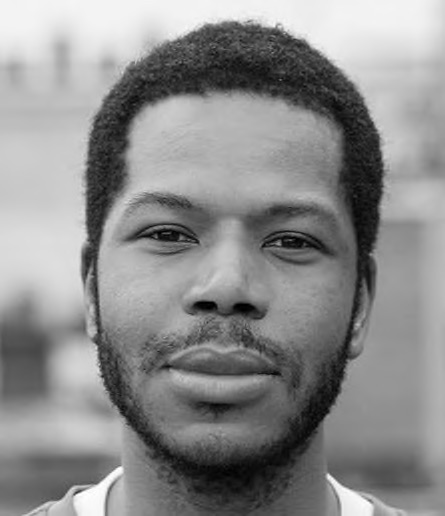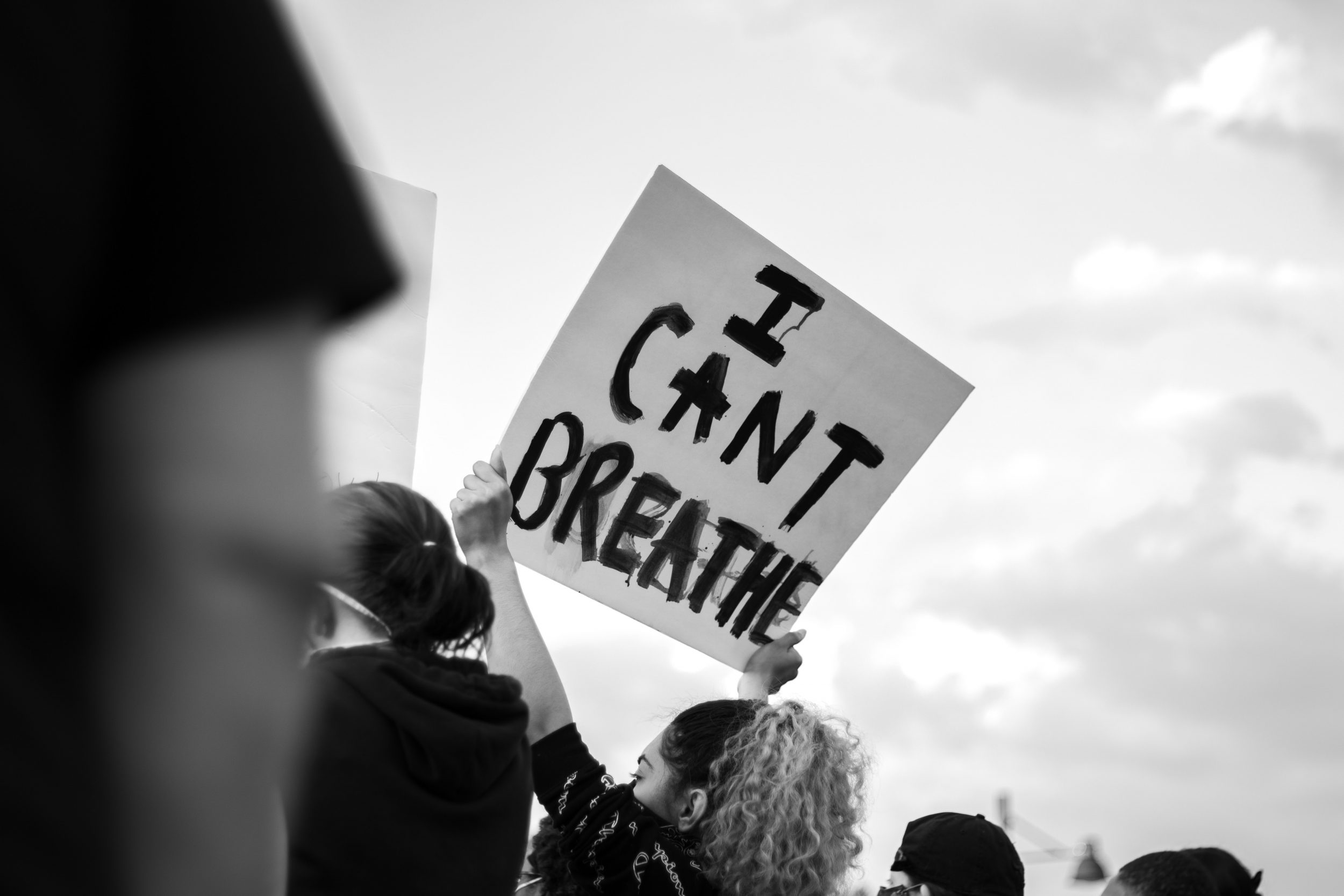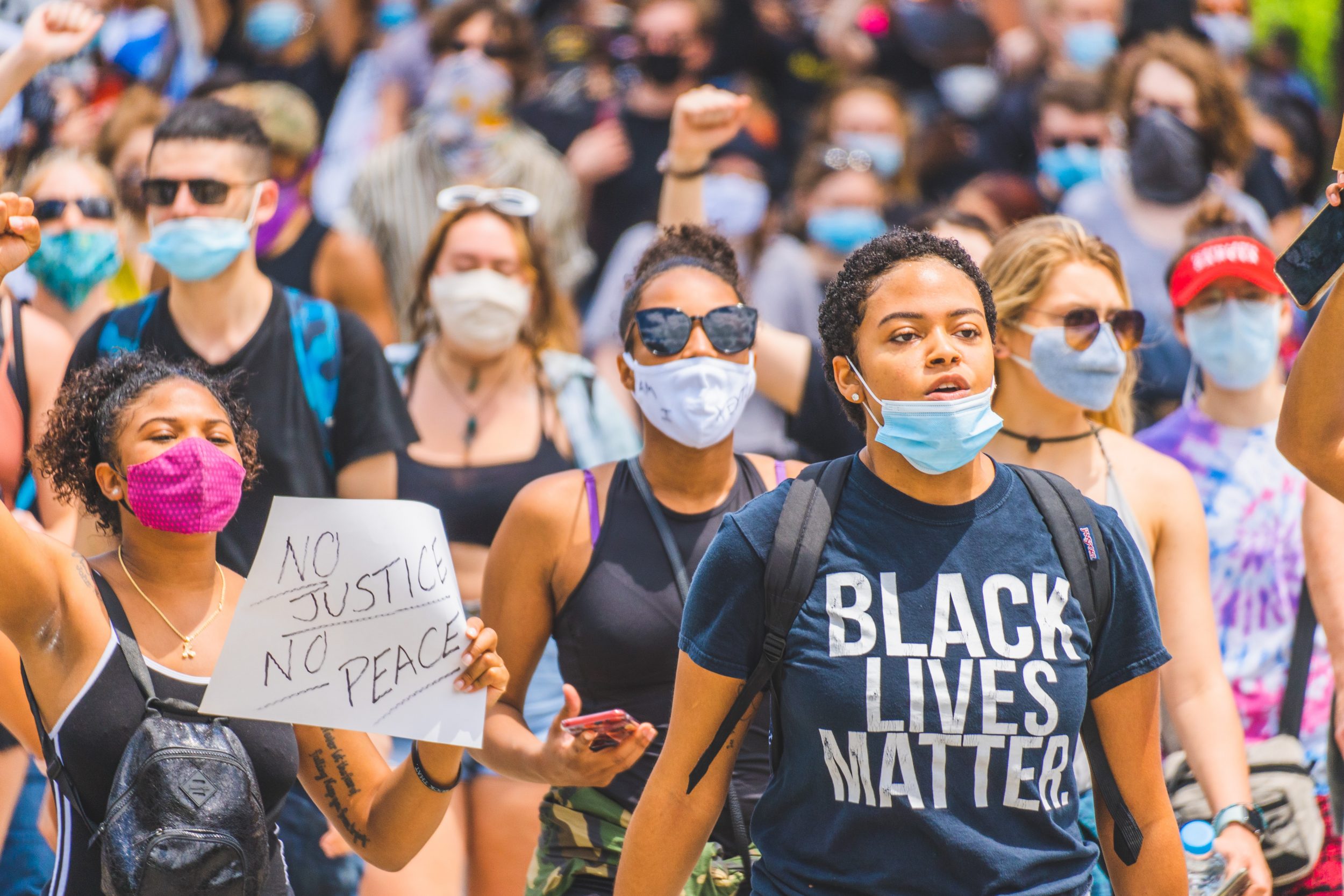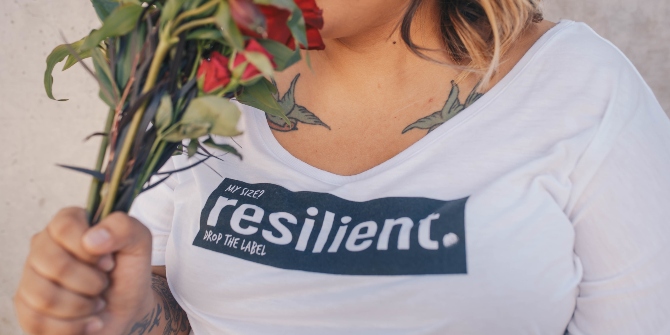 British urban films, often portraying the ‘gritty’ life of gang culture, have become increasingly popular. But their portrayal of young, black communities is complex and can have far reaching impacts. Clive Nwonka, a Visiting Fellow in Race, Culture and Inequality, International Inequalities Institute, explains why the study of race and film is a key sociological concern. This post was originally published by the LSE Research for the World Magazine and is reposted with thanks.
British urban films, often portraying the ‘gritty’ life of gang culture, have become increasingly popular. But their portrayal of young, black communities is complex and can have far reaching impacts. Clive Nwonka, a Visiting Fellow in Race, Culture and Inequality, International Inequalities Institute, explains why the study of race and film is a key sociological concern. This post was originally published by the LSE Research for the World Magazine and is reposted with thanks.
When a brawl broke out at the viewing of the British film Blue Story, major cinema chains immediately pulled it from their schedules. Although screenings eventually resumed, many, including myself, argued that the response was kneejerk, unnecessary and routed in bias about the film’s subject matter and audience.
My research has been primarily focused on visualising inequality, racism and social class divisions through a number of cultural forms, with a heavy focus on both the textual and contextual elements of film and media, and the representation of racial difference. These representations are powerful. They can influence our preconceptions and, as the Blue Story episode highlights, inform how we respond to events.
These themes have become the subject of my forthcoming book, Black Boys: The Aesthetics of British Urban Cinema. The culmination of several years of research, it considers the relationship between popular constructions of race and its manifestations in contemporary film culture in Britain. Specifically, it addresses the emergence of the British urban gang film, which has relied on a complex weaving of socio-political, representational, and commercial agendas and imperatives.
The media construction of the UK’s black youths as a social problem was strategic and powerful, creating a normalised ‘common sense’ relationship between black youths and criminality.
Moral panics, the media and sensationalised representations of the black community
The book considers how the urban gang film genre represents both response to and is informed by the concept of ’moral panics’. This is of course a term established by the late LSE sociologist Stanley Cohen, where he identified the sensationalism and perceived threat to societal values within media responses to the activities of youth subcultures in the 1960s.
This theory was the basis for the landmark study Policing the Crisis by Stuart Hall in 1978, which focused on race, racism and the policing of black youths in the 70s. For Hall and his colleagues, the media construction of the UK’s black youths as a social problem was strategic and powerful, creating a normalised ‘common sense’ relationship between black youths and criminality. Such images, framed as an issue of social and political crisis, necessitate forms of state authoritarianism and the shift towards more overt forms law and order.
In relation to my own research, we can identify the legacy of such moral panics in the mass media hysteria that accompanied the releasing of the 2019 film Blue Story, which attempted to narrate the gun and knife crime epidemic within black Britain from the perspective of black youths themselves. Such themes dominated media reportage at the time, focusing on the growing tensions within Britain’s black communities; specifically, confrontations between black youths gangs and increasing urban violence.
The film was withdrawn from cinemas after reports of violent altercations between youths were alleged to be in direct response to the film’s images of violence. This social construction of the question of black youth gangs and a predisposition to violent outburst offers perhaps the clearest example of the continuation of moral panics.
We need to move beyond dated ideas of racial stereotypes
Whist it is undeniable that the ideological power of images and film narratives of black crime produce irreparable and harmful impacts on the societal treatment of young black men, my research thinks beyond a simple cause and effect relationship between what occurs on screen and what takes place socially.
The study of both race (or more specifically, black Britishness) and film texts has generally been on the periphery within current research.
By moving beyond the quite dated ideas of racial stereotypes (although such forms of representation still persist) I argue that the criminalised representation of black youths is something to be understood within a number of contexts that demonstrate a more nuanced relationship with both the media and the various political cultures that frame them.
Firstly, the black urban film must be understood within an economic context – in particular, the specific economic imperatives and contradictions that operate within media and cultural institutions such as the screen industries. The political circumstances that influence, govern and are referenced in scripts must also be analysed, particularly around questions of inequality and poverty, which are very much imbricated within discussions around black youth condition in in Britain’s urban areas. Finally, my research invites questions of cultural and generic verisimilitude; how texts attempt to represent a lived and recognisable social reality for young black men.
Race and film intersect with all aspects of the social sciences
The study of both race (or more specifically, black Britishness) and film texts has generally been on the periphery within current research. However, as the book demonstrates, the relationship between moral panics, black youth criminality and the circulation of film texts render the urban film and its analysis inherently a matter of sociological concern.
Further, this topic requires an interdisciplinary focus, engaging in questions of social policy, gender relations, psychology, criminology, law and criminal justice, social inequality, politics, architecture and urban space as well the more traditional approaches drawn from film studies, media and communications, cultural studies and sociology. It locates the genre at the intersections of complex filmic, socio-political and media relations and modes of cultural production that are themselves intertwined with political, legislative and cultural agendas and neoliberal tendencies within the UK screen industries.
This poses empirical questions, not only of the allure of the black urban film in the contemporary British body social, but whether such mediated understandings of race, crime and gang violence, however defined, can present an authentic analysis of the social, cultural and political realities of Britain’s black urban youth. Questions I hope to continue to explore in my research.
This article represents the views of the author and not the position of the Media@LSE blog, nor of the Research for the World magazine, nor of the London School of Economics and Political Science. ‘Black Boys: the aesthetics of British urban cinema’ will be published by Bloomsbury Academic in Autumn 2021.
Featured image by Nick Wall.





